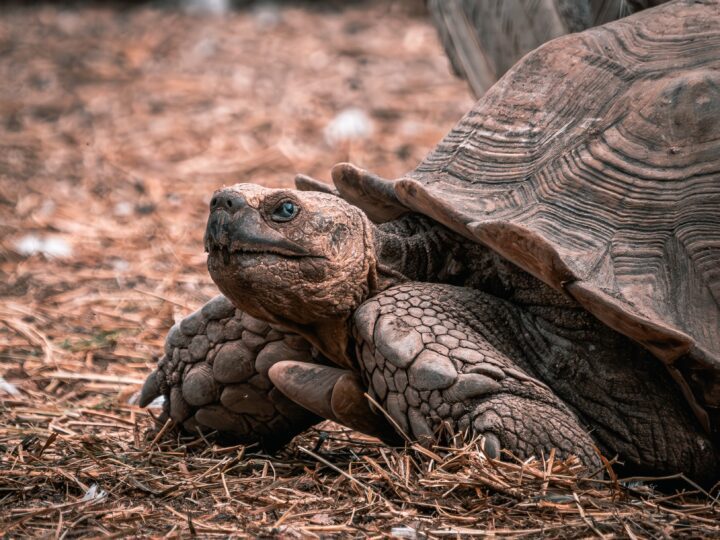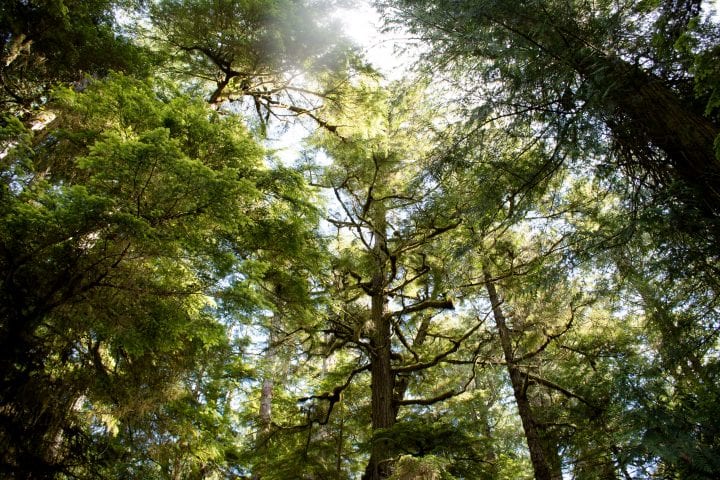Regulate Water Storage
Maintaining water onsite is an important function of ecosystems. Ecosystems and the organisms that comprise them depend upon water for chemical processes, and therefore for life. But because water is subject to gravity, keeping it onsite can be a challenge. The solution to this is some sort of water storage, which can occur in soils, on top of the ground, or within tissues of living or dead organisms. For example, some trees play a role in supporting water storage in their ecosystem. Unlike pine trees (which keep their needles year-round, losing water to transpiration and evaporation), oak trees lose their leaves during the fall and winter. This leaf loss allows more rain to run down their branches and trunks and into the soil, where much of it will be available to the trees and other organisms in the spring.
Maintain Biodiversity
The greater the amount of genetic and species variation in an ecosystem, the more resilient that ecosystem is to disturbances. Variation in ecosystems across the Earth also contributes to the Earth’s resilience to unpredictable changes. This variation is called biodiversity. Because living systems compete with each other for scarce resources, maintaining biodiversity involves creating conditions for a large variety of species to successfully co-occur and reproduce. For example, within a wetland, there are different vegetation types. This diversity results in a complex mosaic of microenvironments as the vegetation types alter air flows, light regimes, and water temperatures and chemistry. Because organisms vary in their ideal environmental conditions, these micro-environments increase the diversity of plants in the wetland. In turn, having a wetland in an otherwise dry area increases biodiversity at an even larger scale.




